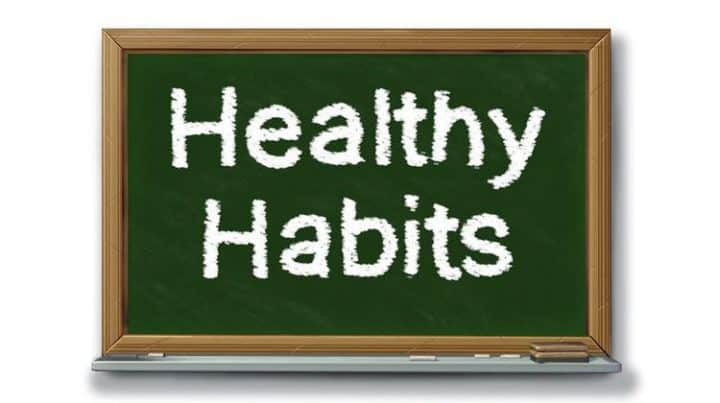Intrinsic Rewards Form Healthy Habits
Habits are formed when repeated actions are taken. On the flipside, negative habits are formed when there’s no intrinsic reason to continue with positive habits. A new study is showing that through the combination of intrinsic motivation and specific cues, many people can easily stick to an exercise program. Read on to learn about how intrinsic rewards can help you form health habits.

Do intrinsic rewards work?
A specific cue could be something as simple as your alarm going off in the morning which reminds you that it’s time to jump on the treadmill or head to the gym. This “cue” could be anything though that reminds you that it’s time to exercise. Intrinsic rewards are the reason you do something. This is specifically YOUR reason for exercising. An intrinsic reward could be that you exercise because it makes you feel better and reduces stress. There’s no external factors pushing you to exercise, the choice to do it is solely yours. It’s also not due to extrinsic reasons either which would be something like your choice to exercise simply because you want to lose weight.
One researcher said, “if someone doesn’t like to exercise, it’s always going to take convincing. People are more likely to stick with exercise if they don’t have to deliberate about whether or not to do it.” This is true until the individual finds a cue to remind them to exercise and it’s done for intrinsic reasons. If someone is feeling pressured to exercise because someone is telling them to, they are less likely to continue. Everyone can have different intrinsic reasons for exercising—that’s what makes it YOURS. The end goal is having an intrinsic reason to exercise that makes you WANT to continue.
Exercise requires time and effort. If people are lacking one or the other, the task will not get completed. People will find other things to do with the time they would have set aside to exercise. Because of this, researchers conducted two studies to look at the activity level of those just starting a workout program and then another study looking at activity levels of those who have been exercising for at least three months.
Click here to continue reading…


*Disclosure: This article may contain affiliate links or ads, which means we earn a small commission at no extra cost to you if you make a purchase through these links. These commissions help support the operation and maintenance of our website, allowing us to continue producing free valuable content. Your support is genuinely appreciated, whether you choose to use our links or not. Thank you for being a part of our community and enjoying our content.
PLEASE CONSIDER SHARING THIS ON YOUR SOCIAL MEDIA TO HELP OTHERS LEARN MORE ABOUT THIS TOPIC.





